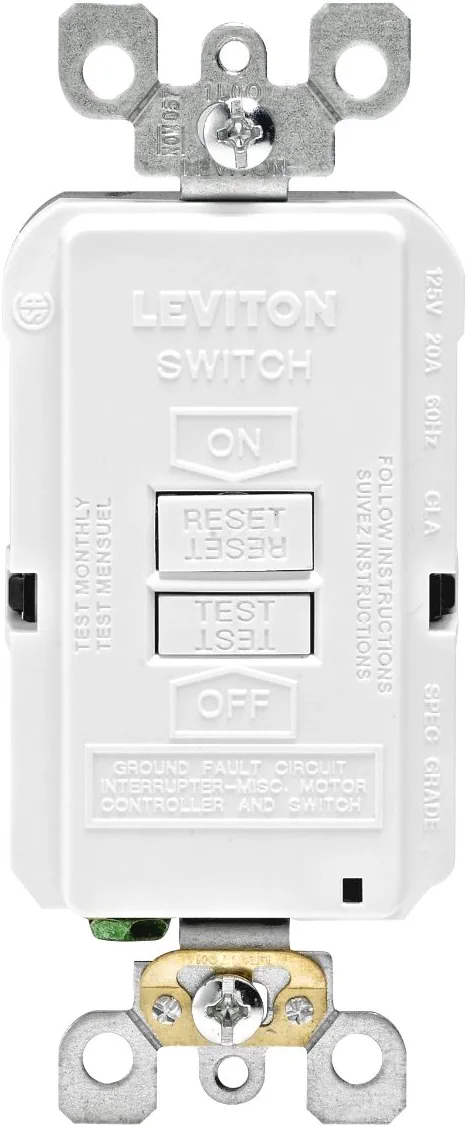I have standard, unshielded 12-2 romex run through some studs that comes out of the wall and will go into a cabinet. The intention of this cable is to power a dishwasher (on the other side of the cabinet) and a garbage disposal. My understanding is the wiring inside the cabinet should be protected (e.g. MC), but I've also been told I should not run standard romex through MC shielding. Is this true? If so, my thought is to install a junction box where the romex comes into the cabinet and use that as a junction point for switching over to MC cabling that I can run to the front/side of the cabinet, where I'll have yet another box with a GFCI outlet (for the dishwasher) and a switch (for the garbage disposal) wired on the load side of the GFCI outlet. Is this overkill? Is there a better way to go about this?
-
1Check your local code, you may have to use 12X2 with Ground and a GFCI.– GilCommented Dec 27, 2022 at 20:53
-
@Gil thank you for the reply. My jurisdiction only goes by what's in the NEC.– senfoCommented Dec 27, 2022 at 21:02
-
2There is no NEC prohibition to running standard romex through MC. One reason why you might not want to, is that it can be hard to pull through a long or curvy conduit, which does not sound like your case.– Glen YatesCommented Dec 27, 2022 at 21:16
-
1@GlenYates -- what the OP is after is FMC -- "MC" is a cable type– ThreePhaseEelCommented Dec 28, 2022 at 4:11
-
@ThreePhaseEel that's exactly what I want. Thank you!– senfoCommented Dec 28, 2022 at 14:35
1 Answer
Conduit or armored cable is for physical protection here, not because of any inherent problem with NM cable (Romex). (It is a different story for running wires outside the building.) So if the wires need protection, that could be done with a piece of plywood or electrical conduit or almost anything that will prevent it from being damaged if someone blindly threw stuff into the cabinet.
I would actually not use a GFCI/receptacle for this purpose. You can use a GFCI/breaker but those cost more. I would use a GFCI deadfront, like this one from Leviton via Amazon:
Unless your local jurisdiction (or dishwasher or disposal instructions) requires using plug/cord connection, I would:
- Install a GFCI deadfront in a nice big metal box
- 12/2 cable into the "line" side.
- Dishwasher and disposal switch wires connect together to the "load" side. (If load has only one screw or screw-to-clamp connection then use pigtails.)
- If it works best to connect the disposal directly to the GFCI box then 12/3 cable to switch (black hot to switch, red hot from switch, white neutral won't be used at the switch itself) and disposal connects to red switch wire and to GFCI load neutral.
- If it works best to go to switch and then disposal, 12/2 to switch (hot/neutral) and then 12/2 to disposal (switched hot/neutral).
I like hardwired connections - they eliminate one problem location. In addition, there really isn't anything else you would normally put on the same circuit, so having an extra receptacle doesn't really get you anything. If you think "maybe I'll add an instant hot water dispenser", check the total power requirements for everything together first. I'm not too worried about dishwasher (typical 10A - 12A) + disposal (because disposal is usually run for just a few seconds).
-
2The GFCI deadfront is a good idea because I don't want someone doing something silly, like plugging a vacuum in under the sink. Thank you for the advice.– senfoCommented Dec 27, 2022 at 21:44

